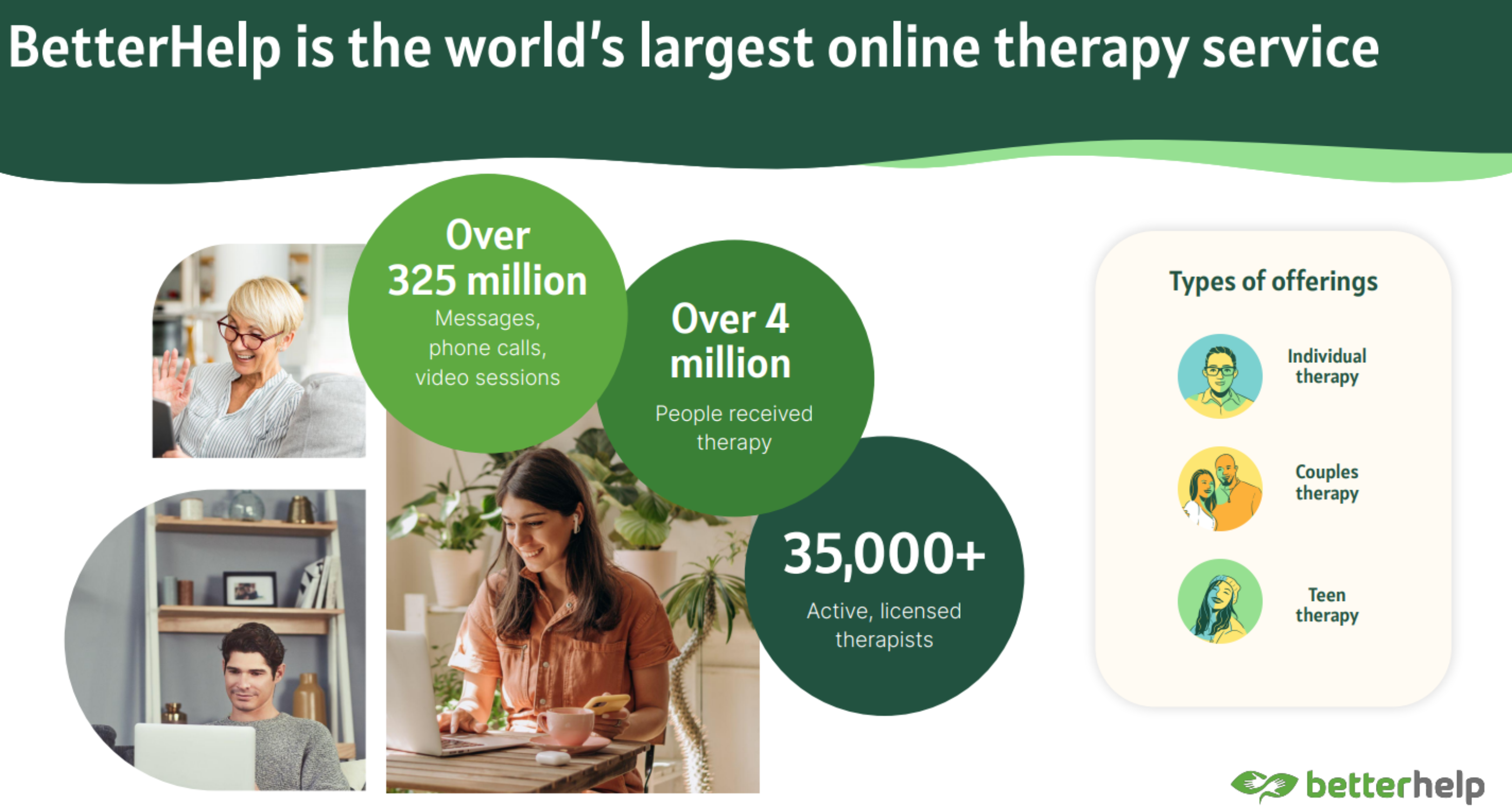Criticism and Shame – Unraveling the Complex Web of Criticism and Shame Transfer
Criticism and Shame. In the intricate tapestry of human interaction, the dynamics of criticism and shame transfer play a key role in shaping our emotional landscapes. These processes can be confusing, often leading to distorted perceptions of ourselves and others. Delving into this area, we find ourselves exploring concepts that John Bradshaw elucidated in his seminal work, “Free the Shame That Holds You Back.” While we don’t explicitly use specific terminology, we will navigate the terrain of acknowledging truth, confronting criticism, clarifying misconceptions, accepting vulnerability, and seeking understanding.
When faced with criticism, our natural instinct is to defend ourselves, often inadvertently entangling ourselves in a web of shame. This tendency to protect our ego stems from a deep-seated desire to be accepted and valued. However, the more we defend ourselves, the thicker the blanket of shame becomes, clouding our perception of the situation and ourselves. Rather than reflexively protecting ourselves, it is crucial to acknowledge the truth that lies within the criticism. This is no easy task, but by allowing ourselves to step back and objectively examine the criticism, we begin to unravel the threads of shame that may be woven within.
Clarity emerges when we strive to pin our critics to the wall of our own understanding. By seeking clarification through thoughtful questions, we foster space for dialogue and insight. This process allows us to uncover layers of misunderstanding, thus creating an opportunity to resolve the transference of shame. These clarifying questions can serve as a bridge, connecting our perceptions with those of our critic, potentially uncovering common ground and dispelling misconceptions.
What Happens When You Stop Over-Explaining Yourself
Dealing with criticism requires an intimate dance between vulnerability and strength. By remaining rooted under the skin, we find the courage to express what we want through the use of “I” messages. This personalizes our communication and turns it into a sensory experience, one that goes beyond mere words. Direct eye contact during these conversations fosters connection and authenticity, breaking down the barriers that shame transference might pose.
Acknowledging our mistakes with unwavering honesty loosens the grip of shame and paves the way for healing. The simple act of saying, “Yes, I spilled milk. That’s it,” affirms our humanity and removes the barriers that often hinder authentic connection.
The intricate interplay of criticism and shame transference creates a tapestry of complexity within human relationships. Drawing inspiration from the insightful wisdom of John Bradshaw, we navigate this terrain by embracing vulnerability, acknowledging truths, clarifying misconceptions, confronting criticism, asking tough questions, and acknowledging our imperfections.

Keywords: criticism and shame, gestalt psychotherapy, somatic experiencing therapy, psychotherapy Zagreb, Licensed therapist near me in Manhattan NYC, Affordable therapy services in New York State, Holistic psychotherapy sessions in NYC, Somatic Experiencing therapy for trauma recovery in New York City, NARM therapy in Brooklyn, Licensed couples therapy in Manhattan, Gestalt therapy near me in NYC, Marriage counseling in Queens NYC, Therapy for anxiety treatment in NYC, Experienced psychotherapist in New York, Licensed psychotherapist near me in NYC, Somatic Experiencing therapy sessions in New York, Trauma therapy and counseling in Manhattan, Gestalt therapy sessions in New York City, Therapy sessions for emotional regulation in New York, Trauma therapy near me in Brooklyn New York, Licensed mental health therapist in Manhattan NYC, Depression therapy in New York, New York City therapist experienced in PTSD treatment
*Photo: GettyImages
*Contact: Make an appointment
*For companies: Creative manager
The Pain of Being Misunderstood (And How to Heal It)








